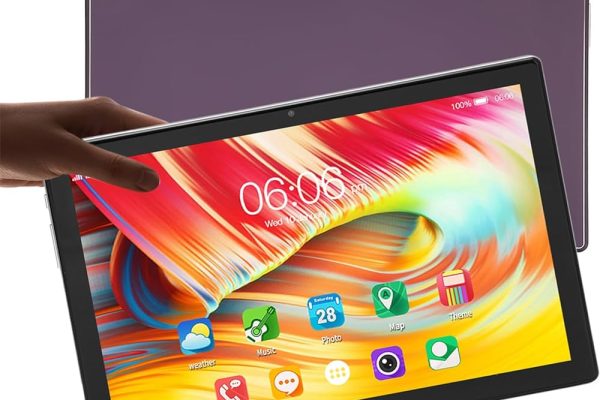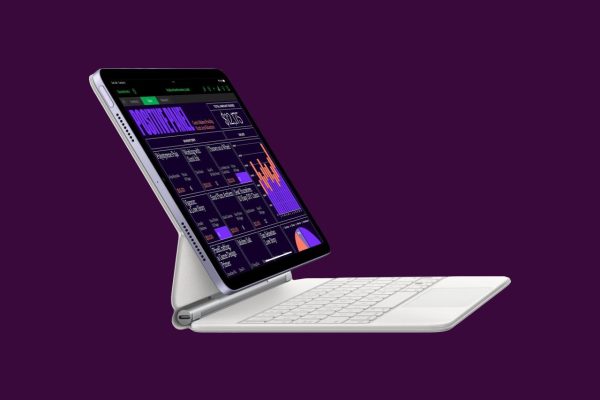The history of tablets is a testament to the transformative power of technological innovation, showcasing a journey from groundbreaking invention to ubiquitous integration into our daily lives. These portable computing devices have undergone a remarkable evolution, reshaping how we work, learn, entertain, and connect with the world around us.
1. Pioneering Innovations
The concept of a tablet-like device emerged decades ago, but it was in the early 2000s that tablets began to take shape as viable products. Innovators explored the potential of touchscreens and handheld computing, with early models introducing basic functionalities and paving the way for what was to come.
2. Rise of the Modern Tablet
The launch of the iPad in 2010 marked a watershed moment in the evolution of tablets. Apple’s groundbreaking device popularized the concept of a sleek, touch-driven interface, heralding a new era of user-friendly, multifunctional tablets. Its intuitive design, robust app ecosystem, and high-quality display set the standard for subsequent models and competitors.
3. Technological Advancements
The evolution of tablets has been propelled by technological advancements. Improved processors, enhanced displays, longer battery life, and the integration of features like fingerprint sensors, stylus support, and multitasking capabilities have significantly enhanced the functionality and user experience of tablets.
4. Diverse Form Factors and Use Cases
Tablets have diversified in form factors and use cases. From compact models for casual use to larger, more powerful devices for professionals, there’s a tablet for every need. Their versatility caters to various industries, such as education, healthcare, business, and entertainment, showcasing their adaptability to diverse environments.
5. Integration into Everyday Life
Today, tablets are seamlessly integrated into our everyday lives. They serve as educational tools for students, productivity hubs for professionals, entertainment centers for leisure, and communication devices for staying connected with friends, family, and colleagues.
6. Future Prospects and Innovations
Looking ahead, the evolution of tablets continues. Manufacturers are exploring innovations such as foldable displays, enhanced AR and VR capabilities, and improved connectivity to further expand the functionalities and applications of tablets in various industries and personal uses.
7. Integration with Smart Ecosystems
Tablets are becoming integral parts of smart ecosystems. They connect with other smart devices, IoT systems, and home automation, consolidating their role as control centers for interconnected technologies within smart homes and workplaces.
Conclusion
The evolution of tablets represents a remarkable journey from conceptualization to widespread integration into our lives. From early innovations to modern advancements, tablets have evolved into versatile, multifunctional devices that cater to diverse needs and industries. As they continue to evolve and adapt to changing technological landscapes, tablets will remain pivotal in shaping our digital experiences and enhancing connectivity in our ever-evolving world.






